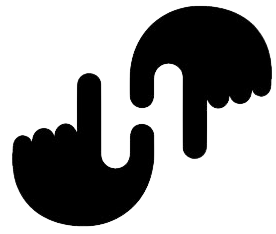How do you know your audience when writing?
Determining Your AudienceOne of the first questions you should ask yourself is, Who are the readers? Decide what your readers know or think they know about your subject. Next, ask yourself What will my readers expect from my writing? You also need to consider how you can interest your readers in your subject.
What are the different types of audiences in writing?
Three categories of audience are the “lay” audience, the “managerial” audience, and the “experts.” The “lay” audience has no special or expert knowledge. They connect with the human interest aspect of articles.
How do you describe your target audience?
Target audience definition A social media target audience is the specific group of people you want to reach with your social channels. They are the people who are most likely to be interested in your content, products, or services. They are likely united by some common characteristics, like demographics and behaviors.
How do you write a target audience statement?
Develop a Target Market Positioning StatementDefine your target audience (who do you want to serve?). Figure out your frame of reference (what is your point of view?). Identify points of difference (how will you uniquely do this?). Offer support (I am credible because . . .). State your promise or core benefit (who, where, uniquely how, because).
What are 4 elements of a positioning statement?
The Positioning Statement definition is comprised of 4 parts; the target, the category, the differentiator, and the payoff. We’ll talk about these in summary below, but first, there is some work to be done. Before sitting down to write your PS, decisions must be made.
What is a target market example?
Small businesses often target customers by gender or age. For example, a women’s clothing retailer directs its promotional efforts at women. Conversely, a large and tall men’s shop focuses its marketing efforts on tall and heavier men. Similarly, some small companies market to specific age groups.
